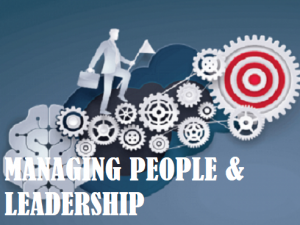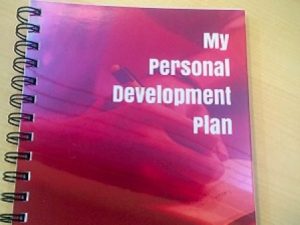Description
Design and develop an in-house training program to address the training and / or development needs of Australian Airline.
Importance of understanding training gaps and offering training & development opportunities.
Advantages of the training and development programs for Australian Airlines
Summary of training program plan
Methods of training
Learning Theories – Social Learning Theory
Objectives of the Training Program
Instructions for the Trainer
Evaluation of the Training Program
Resources and Support Required
Possible Barriers





